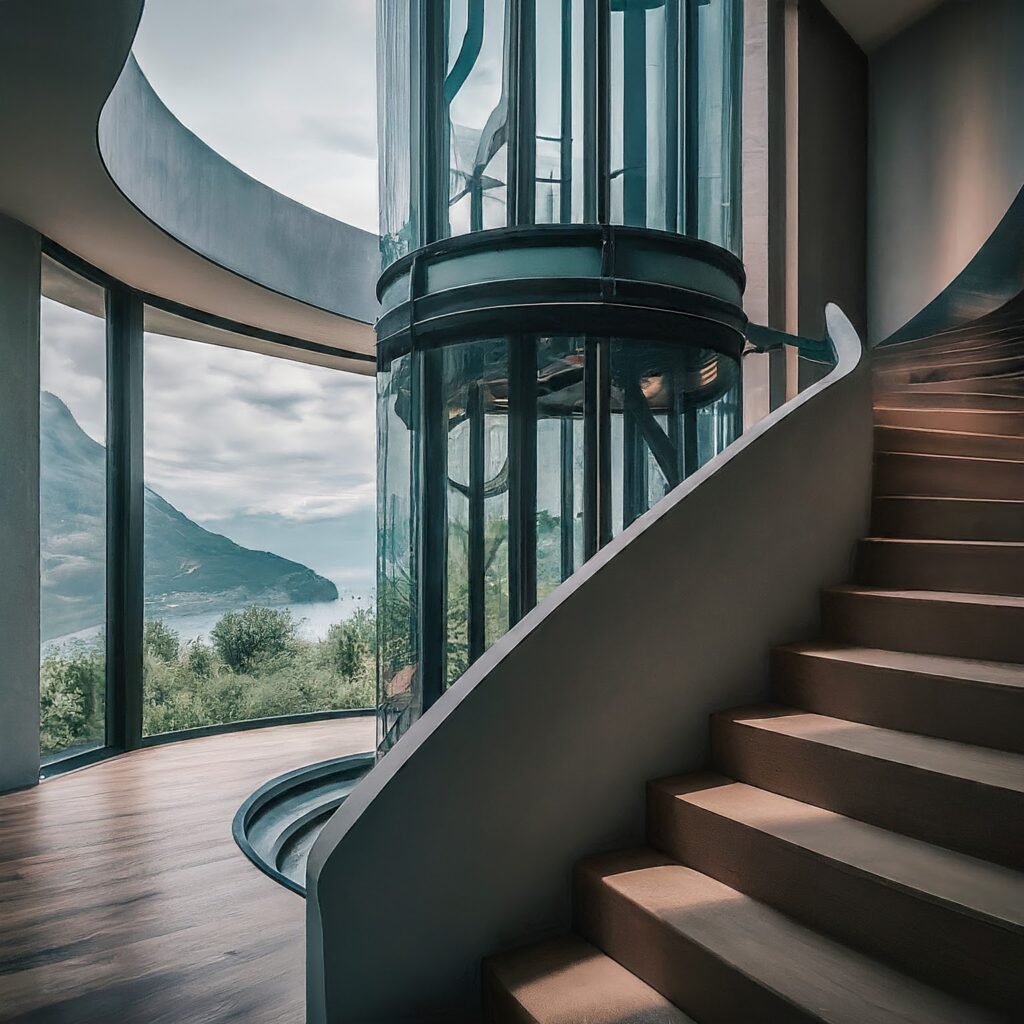Interior residential elevators offer a touch of luxury and practicality, transforming multi-story homes into accessible havens. This in-depth guide delves into the intricate world of residential elevators, exploring advanced technology, technical considerations, safety features, and modern design trends.
Types of Interior Residential Elevators

Understanding the different types of interior residential elevators is essential for selecting the most suitable option for your needs and home environment. Here’s a breakdown of the primary categories:
- Hydraulic Elevators: These workhorses utilize a piston submerged in a hydraulic oil cylinder. As the piston extends, it raises the elevator platform. Hydraulic elevators are known for their smooth operation and quiet ride, making them a popular choice for residential applications. They can be further categorized into:
- Holeless Hydraulic Elevators: These elevators eliminate the need for a dedicated elevator shaft, minimizing construction disruption. They achieve this by using a burrowing system that displaces earth beneath the elevator floor during installation.
- Pneumatic Vacuum Elevators: These elevators utilize pressurized air to create a vacuum within a sealed vertical tube. The difference in air pressure between the inside and outside of the tube lifts the elevator platform. Pneumatic elevators offer a sleek, cylindrical design and are known for their energy efficiency. However, they typically have a smaller weight capacity and footprint compared to hydraulic elevators.
- Traction Elevators: These elevators use a system of hoisting ropes driven by a traction sheave. Traction elevators are commonly found in high-rise buildings but can be adapted for residential use. They offer high weight capacity and speed capabilities, making them suitable for larger homes or those with multiple floors and heavy traffic.
Beyond these primary types, there are also specialized options, such as:
- Glass Elevators: Featuring transparent walls, these elevators showcase stunning panoramic views and enhance the visual openness of a home.
- Curved Stair Lifts: Designed for staircases with turns or landings, these offer a space-saving solution for navigating curved staircases within the existing footprint.
Technical Considerations for Interior Residential Elevators

Selecting the right interior residential elevator requires careful consideration of several technical factors:
- Weight Capacity: Lifts have designated weight limits to ensure safe operation. Consider the weight of the user(s), wheelchairs (if applicable), and potential cargo.
- Platform Size: Platform dimensions should comfortably accommodate users with ample space for maneuvering. Standard platform sizes are available, but some manufacturers offer custom options.
- Door Options: Choose from automatic or manual doors for the elevator platform. Automatic doors enhance ease of use and safety.
- Lift Speed: While faster speeds offer convenience, prioritize safety and user comfort.
- Machine Room Location: Hydraulic elevators typically require a dedicated machine room to house the pump and other equipment. Holeless models eliminate this need, but their installation might involve more complex excavation work.
- Pit Depth: Hydraulic elevators may necessitate a pit below the lowest floor level to accommodate the piston’s full extension.
- Headroom Requirements: Ensure sufficient headroom is available at the top floor to accommodate the platform and its travel within the hoistway.
- Local Building Codes: Comply with all relevant building codes and permitting requirements in your area. Consulting with an architect or elevator specialist is recommended.
Advanced Technologies in Interior Residential Elevators
Modern residential elevators boast a range of advanced technologies to enhance user experience, safety, and efficiency:
- Touchscreen Controls: Intuitive touchscreen interfaces allow for easy operation and selection of floors.
- Voice-Activated Controls: Users with limited mobility can operate the elevator with voice commands.
- Biometric Access Control: Elevators can be integrated with fingerprint or facial recognition systems for added security.
- Destination Dispatch Systems: These intelligent systems optimize travel by grouping and directing multiple elevator calls for efficient operation.
- Automatic Door Reopening Sensors: Sensors prevent door closure if an object or person is detected in the doorway, enhancing safety.
- Two-Way Communication Systems: Built-in intercoms enable communication between users inside the elevator and anyone on other floors.
- Home Automation Integration: Elevators can be integrated with smart home systems for seamless control and automation alongside lighting, temperature, or security features.
Design Considerations for Interior Residential Elevators
Interior residential elevators can be more than just functional – they can become a stunning design element that complements your home’s aesthetics. Here are some key design considerations:
- Elevator Shaft Materials: Choose materials like glass, metal panels, or wood veneers to complement your home’s interior design.
- Door Styles: Select door styles that harmonize with your existing doors or create a unique focal point.
- Lighting: Incorporate LED lighting within the elevator or shaft to enhance visual appeal and safety.
Why Pneumatic Vacuum Elevators Might Be the Ideal Choice for Your Interior Residential Setup
While all types of interior residential elevators offer distinct advantages, pneumatic vacuum elevators hold a unique position. Here’s why they might be the ideal choice for your needs:
- Space-Saving Design: Pneumatic elevators utilize a sleek, cylindrical design with a smaller footprint compared to hydraulic elevators with their dedicated machine rooms and hoistway structures. This makes them ideal for situations where space is a premium, such as narrow hallways or smaller homes.
- Minimal Construction Disruption: Compared to hydraulic elevators, pneumatic elevators generally require less intrusive installation. They eliminate the need for a dedicated machine room or extensive excavation for a pit, minimizing disruption to your existing home layout.
- Aesthetics and Openness: The cylindrical design of pneumatic elevators, often complemented by transparent sections, creates a visually striking element within your home. They enhance the feeling of openness and allow for natural light penetration between floors.
- Quiet Operation: Pneumatic elevators operate significantly quieter than hydraulic elevators. The pressurized air system generates minimal noise, making them ideal for noise-sensitive environments within a home.
- Energy Efficiency: Pneumatic elevators are known for their energy efficiency. The pressurized air system consumes less power compared to the hydraulic pumps used in traditional elevators.
However, it’s crucial to consider some limitations of pneumatic vacuum elevators before making your final decision:
- Weight Capacity: Pneumatic elevators typically have a lower weight capacity compared to hydraulic elevators. This might be a concern for users who require frequent transportation of heavy objects between floors.
- Limited Footprint: The cylindrical design of pneumatic elevators translates to a smaller platform size compared to some hydraulic options. This might be a factor for users requiring additional space for maneuvering wheelchairs or large items.
- Height Limitations: Pneumatic elevators generally have a maximum travel distance limitation compared to hydraulic elevators. This might not be suitable for very tall multi-story homes.
Making the Right Choice:
The best type of interior residential elevator for your home depends on a variety of factors – space constraints, budget, desired aesthetics, and weight capacity needs. Consulting with a qualified elevator specialist who can assess your specific requirements and offer a comprehensive comparison of different options is highly recommended.
PVE: A Leading Manufacturer and Installer for Interior Residential Elevators
Having explored the advantages of pneumatic vacuum elevators for interior residential applications, let’s delve into a leading manufacturer and installer: PVE.
PVE stands out for its commitment to innovation and excellence in the residential elevator industry. They specialize in pneumatic vacuum elevator systems, offering a range of benefits that make them a compelling choice for homeowners seeking a space-saving, stylish, and energy-efficient solution. Here are some reasons why PVE might be the ideal partner for your interior residential elevator project:
- Extensive Experience: PVE boasts extensive experience in designing, manufacturing, and installing pneumatic vacuum elevators for residential settings. Their team of skilled professionals possesses the expertise to handle all aspects of your project, from initial consultation and system selection to meticulous installation and ongoing maintenance support.
- Focus on Customization: PVE understands that every home is unique. They offer a variety of customization options to ensure your elevator seamlessly integrates with your existing décor and complements your desired aesthetic. From a selection of elegant finishes for the elevator shaft to customizable platform sizes, PVE allows you to personalize your elevator experience.
- Safety First: Safety remains paramount for PVE. Their pneumatic vacuum elevators adhere to the highest safety standards and incorporate advanced safety features. These include automatic door reopening sensors, emergency stop buttons, and a pressurized air backup system to ensure a smooth and safe ride in any situation.
- Customer-Centric Approach: PVE prioritizes customer satisfaction throughout the entire process. Their team is dedicated to providing clear communication, personalized consultations, and comprehensive support from initial design through installation and beyond. They offer ongoing maintenance programs to ensure the continued smooth operation and optimal performance of your elevator system.
Important Considerations:
While PVE offers exceptional pneumatic vacuum elevator solutions, it’s important to remember that no single manufacturer caters to every need. Here are some additional factors to consider:
- Warranty and Service: Compare warranty coverage and service offerings from PVE with other reputable manufacturers to ensure you receive comprehensive support after installation.
- Project Timeline: Understand the typical project timeline for PVE installations and compare it with your desired timeframe for completion.
- Local Availability: Verify that PVE has a presence or network of authorized installers in your area to facilitate project execution and ongoing service needs.
The Final Word
Investing in an interior residential elevator is a significant decision. Pneumatic vacuum elevators offer a compelling solution for space-conscious homeowners seeking a stylish and energy-efficient option. PVE, as a leading manufacturer and installer, offers a wealth of experience, customization options, and a commitment to safety and customer satisfaction. By carefully considering your needs, researching reputable manufacturers, and consulting with qualified professionals, you can make an informed decision and elevate your home in both function and style.








